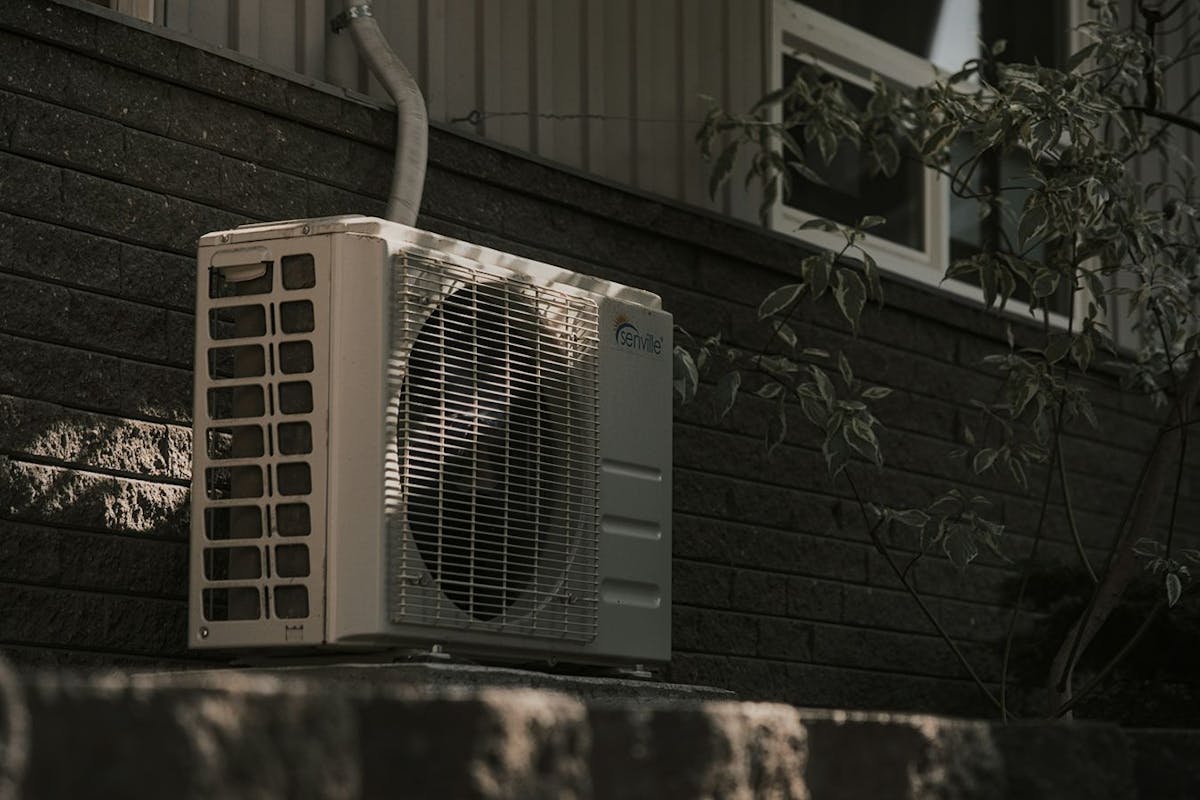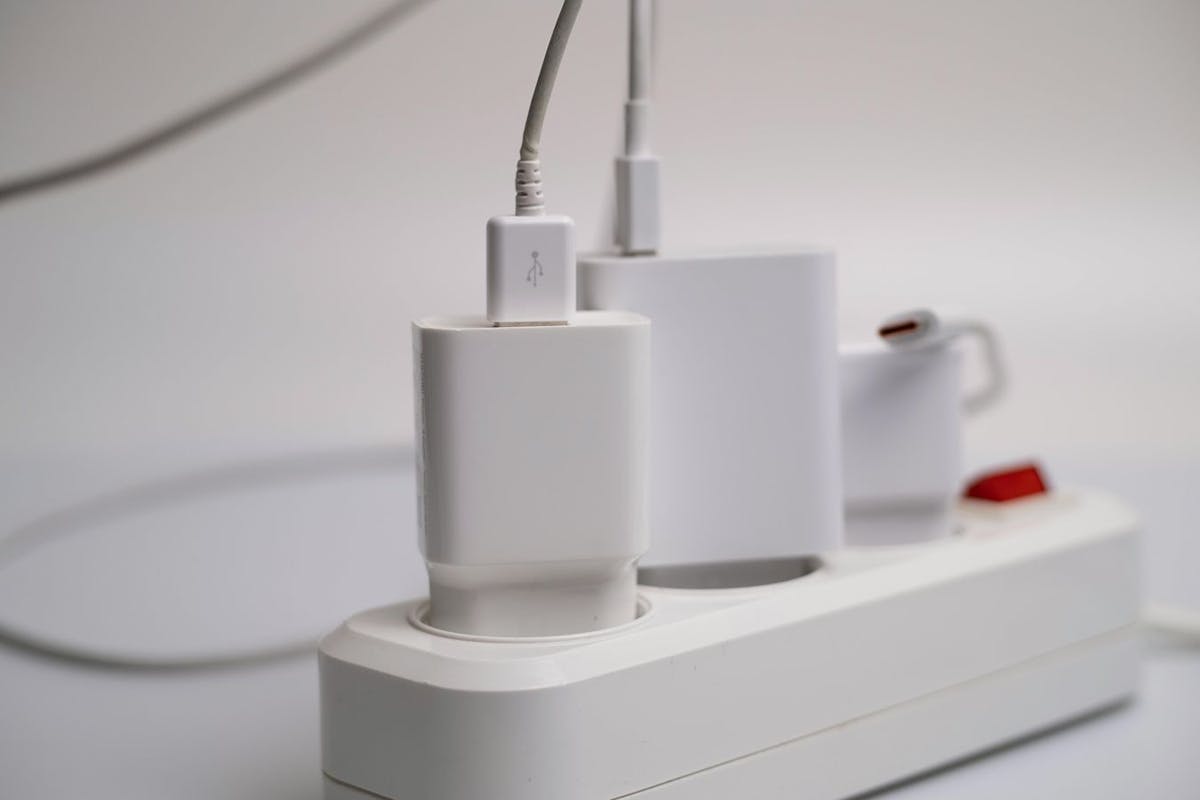What Is Your Home's Envelope and Why Is it Important?
Last edited

Author
Andrew Giermak
Solar and Electrification Writer and Editor

Editor
Andrew Blok
Electrification and Solar Writer and Editor

You might not use envelopes to send snail mail very much these days. Did you know your home has an envelope?
A home envelope or building envelope is the complete system of what is the barrier between your home’s indoor environment and the outside environment. From your foundation to your roof, a well-sealed and insulated envelope is the key to your family’s safety, comfort, health, and budget.
Here’s a guide to knowing more about your home’s envelope and the important job it does.
See how much you can save with home energy changes
What’s a Home Envelope?
A home envelope is the barrier between the inside of your home and the outside of it. It has a surprising number of components to it. There’s walls, windows, doors, insulation, and the foundation. Some sites and sources will include a roof as part of a home’s envelope. Some experts define the border between conditioned air and unconditioned air as the envelope.
It also does multiple important jobs: safety, temperature and climate control, home value, and energy efficiency. You want a well-built, sealed, insulated, and tight home envelope.
All of a home envelope’s parts or components work together in a system. Walls, insulation, doors, windows, and your roof work together to make your home heating and cooling efficient and reliable year-around.
All of those components, plus the foundation, provide the basic, but critical, function of a home’s stability and longevity. A home envelope also prevents excess moisture, which can lead to mold, bacteria, or poor air quality.
Reasons to Have a Good Home Envelope
From physical safety to air quality to your utility bills, a sound home envelope has a huge impact.
Home durability: The envelope forms the safe and sound structure of your home. The roof, walls, windows, doors, and foundation give your family shelter.
Temperature control: A home envelope should eliminate drafts and heat loss or gain, for a comfortable, consistent temperature in heating and cooling seasons. Insulation of proper type and thickness and seals around doors and windows have important impacts on interior temperature control.

Credit: energystar.gov
Moisture: From the foundation up to the roof, keeping water out is a fundamental function. Beyond the basics, keeping the indoor humidity at a steady, healthy level stops mold growth, allergens, wood rot, and your HVAC from needing to run longer and harder.
Energy efficiency and savings: All aspects of a home’s envelope help reduce your home’s energy consumption. According to the Environmental Protection Agency, adding the right insulation and air sealing can equal an average of 15% savings on heating and cooling. If your home loses heat slower in the winter and gains heat slower in the summer, it reduces the workload and cost of your HVAC system.
Air quality and health: Along with moisture control, a sound envelope keeps your indoor air quality good. Most of us spend most of our time in our homes, so no place’s air quality has more of an impact on health. Controlling and filtering dust, pollen, mold, and other pollutants is always important and can be vital for anyone with respiratory or other health concerns.
See how much you can save with home energy changes
Maintenance for Your Home Envelope
Some envelope maintenance can be handled on your own. Inspections each spring and fall is a good rule of thumb as you can catch major problems before the summer heat or worst of the winter.
Checking and improving the seals around windows and doors, with caulking or weatherstripping, stops drafts, moisture, and further wear.
You can check your attic for a few important parts of your envelope. Check your ventilation to make sure it’s unobstructed and in good repair and see if more or improved sealing is needed. Gaps or leaks around pipes, wires, light fixtures, or doors and windows may need caulk or foam sealing. You can check the level and state of your attic insulation. For most of us, removing, replacing, and adding insulation is likely best for a pro to do.
A professional should handle anything involving electrical work. For most of us, roofing or siding repairs up to major renovations need a professional. Work on your chimney is nearly always best for a technician. Larger or more technical air or duct-sealing jobs are best for professionals with the expertise, safety gear, and right tech and tools.
Your Home Envelope and Energy Efficiency
A well-maintainted home envelope saves energy, and saves you money, primarily by having your home heating and cooling run at its best efficiency year-around. The temperature, moisture, and air quality in your home is kept at healthier and more consistent levels when your home is sealed, insulated, vented, and protected well.
Palmetto’s Savings Maximizer can help you see multiple ways to save money and improve your home’s energy efficiency with cleaner energy.
See what home electrification can do for you:
Frequently Asked Questions
What is a building envelope?
A building’s envelope is everything that makes up the barrier between the interior space of the building and the exterior environment. The primary role of a building envelope is to control the movement of air, heat, moisture, and light between the indoors and out, and be the structure of the building.
How can you improve your home’s envelope?
Any improvements to your home’s foundation, walls, roof, doors, windows, insulation, and ductwork will help your home envelope, which reduces your energy usage and saves money. Adding insulation, weatherstripping or caulking around windows and doors, and keeping roofing and gutters in good condition will help.


